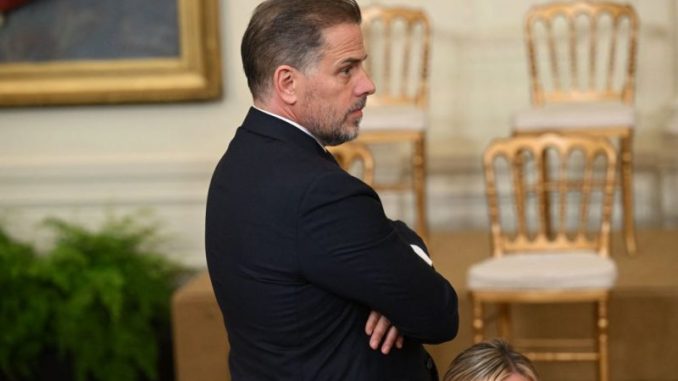

OAN Correspondent Sophia Flores
UPDATED 6:50PM PT – Monday, December 19, 2022
This edition of the Twitter Files focuses on how the FBI and the intelligence community discredited factual information about Hunter Biden before and after the contents of his laptop was released.
The laptop first came to light in December 2019 after a Delaware computer store owner reached out to the FBI about a laptop that Hunter Biden had left. That same month, the FBI issued a subpoena for the said laptop.
In August of 2020, Mac Isaac, the computer store owner, was concerned that he had not heard from the FBI considering that he discovered criminal activity on the laptop. The owner, then went on to email Rudy Giuliani about the computer, who then gave the story to the New York Post. Little to his knowledge, Giuliani was under FBI surveillance at the time.
The day before the story was published, Hunter Biden’s lawyer reached out to Isaac.
That night, FBI Special Agent Elvis Chan sent 10 documents to Twitter’s then-Head of Site Integrity, Yoel Roth, through a one-way communications channel from the FBI to Twitter.
The story was officially published on October 14, 2020. It revealed the business dealing of the president’s son and included some personal photos. Within a few hours of the article being published, Twitter and other social media companies censored the story almost immediately.
The FBI and other law enforcement agencies told Yoel Roth and the Heads at other social media platforms that they should dismiss anything related to reports of a “Hunter Biden laptop.” They claimed that the story was part of a Russian “hack-and-leak” operation.
The so-called Russian “hack-and-leak,” was false as Twitter executives repeatedly reported little Russian activity.
Roth pushed back against the FBI and their efforts to share data outside of the usual search warrant process.
It’s important to note that in September 2020, Roth participated in a Aspen Institute “tabletop exercise” on a potential “hack-and-dump” operation relating to Hunter Biden. The goal of the operative, was to shape how the media covered that story and how social media carried it
In July 2020, the FBI arranged for temporary Top Secret security clearance for Twitter’s executives so that the FBI can share information about upcoming election threats. The FBI shared information about the Russian hacking group APT28 to the executives prior to the Hunter laptop story being released. This prior knowledge about the hacking group, mixed with the warnings of Russian propaganda (interfering with the election), led Roth to believe that APT28 was responsible for “leaking” the laptop story.
In 2020, there was a notable amount of former FBI employees working at Twitter. All of those employees had a private Slack channel where they would share crib sheets to onboard new FBI arrivals. Roth and Chan, soon set up an encrypted messaging network so that employees from the FBI and Twitter could communicate.
When the article was published on October 14th, Roth said that the story, “it isn’t clearly violative of our Hacked Materials Policy, nor is it clearly in violation of anything else,” but adds, that “this feels a lot like a somewhat subtle leak operation.” In response, Jim Baker, the former General Counsel of the FBI, insisted that the story was not legitimate.
Many meetings were held that day in order to preform damage control. Outside influences persuaded Twitter executives that the Hunter Biden laptop did not come from a whistleblower. They also falsely suggested that Giuliani’s leak of the laptop had something to do with Russia.

